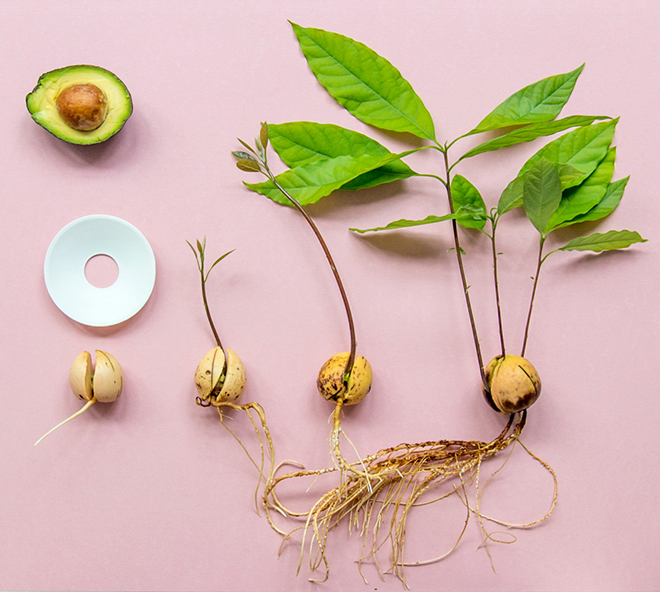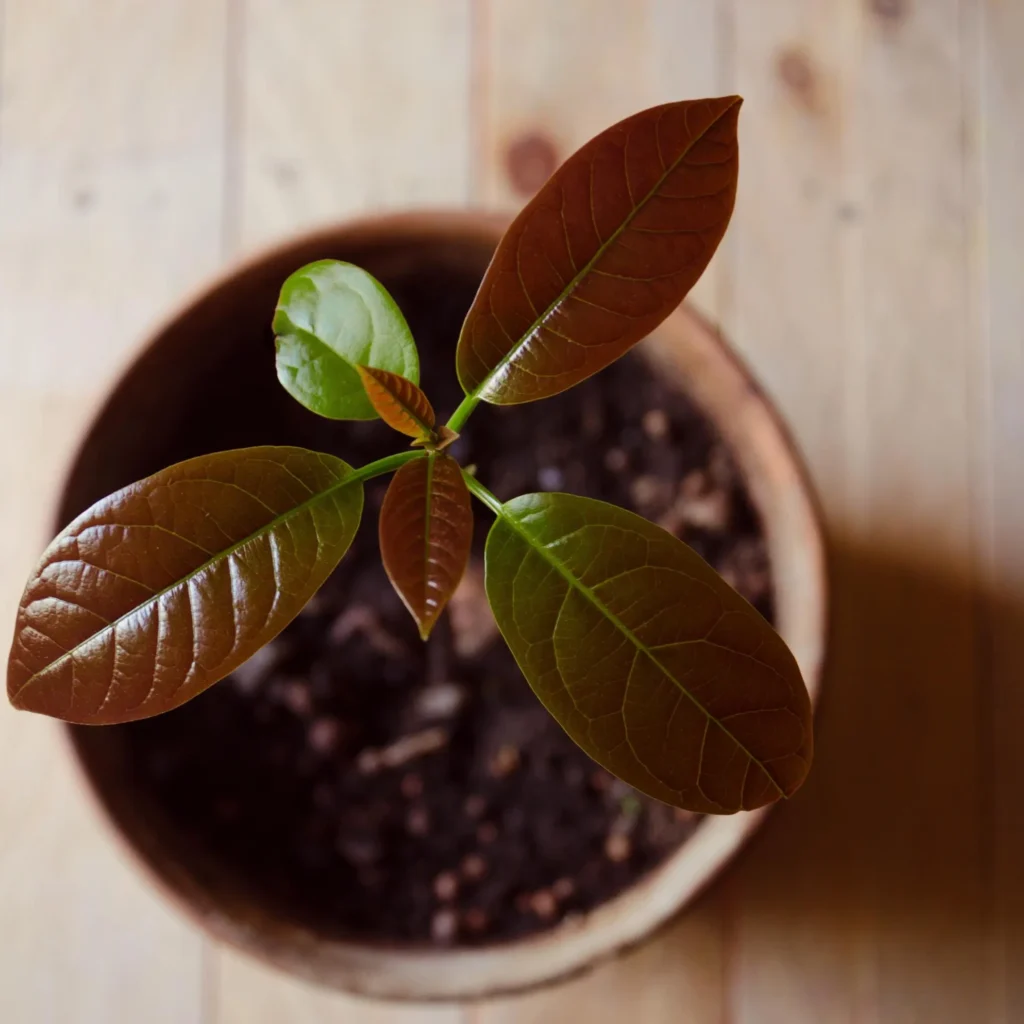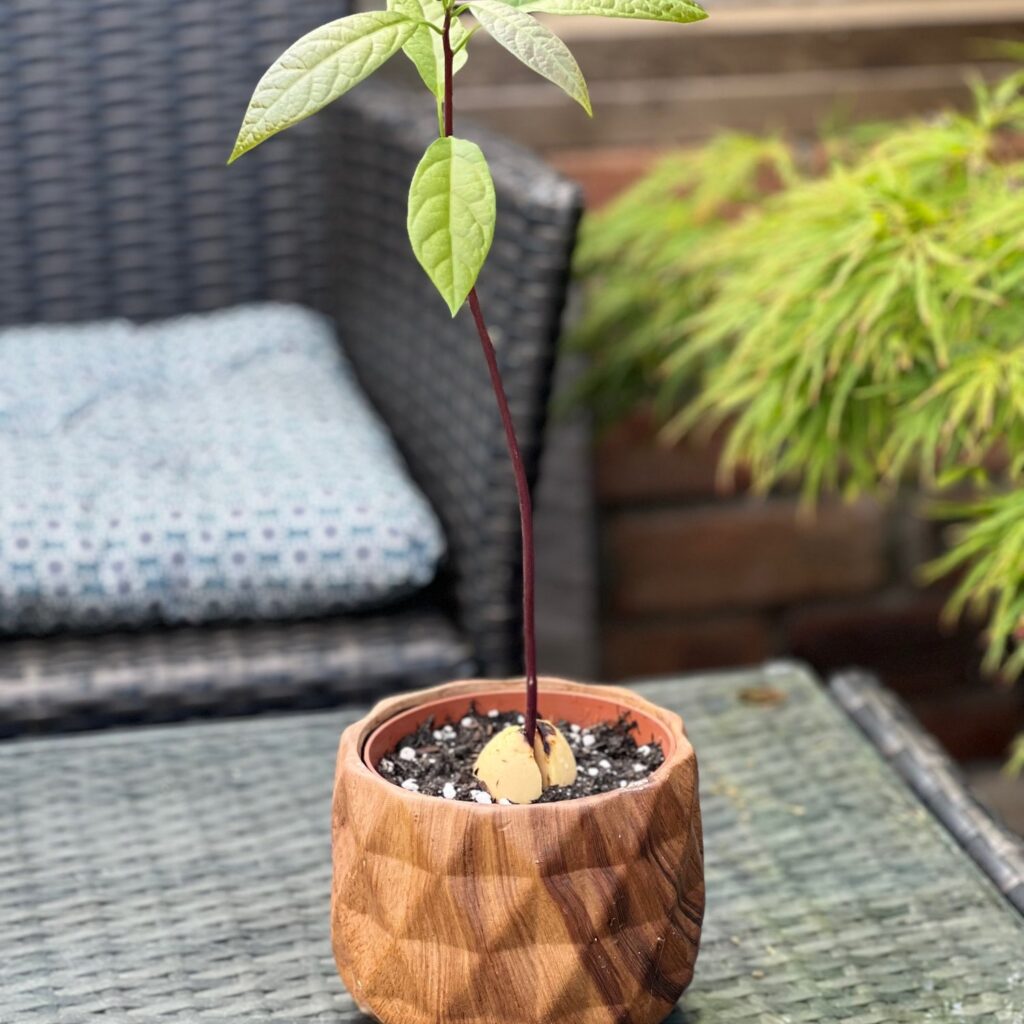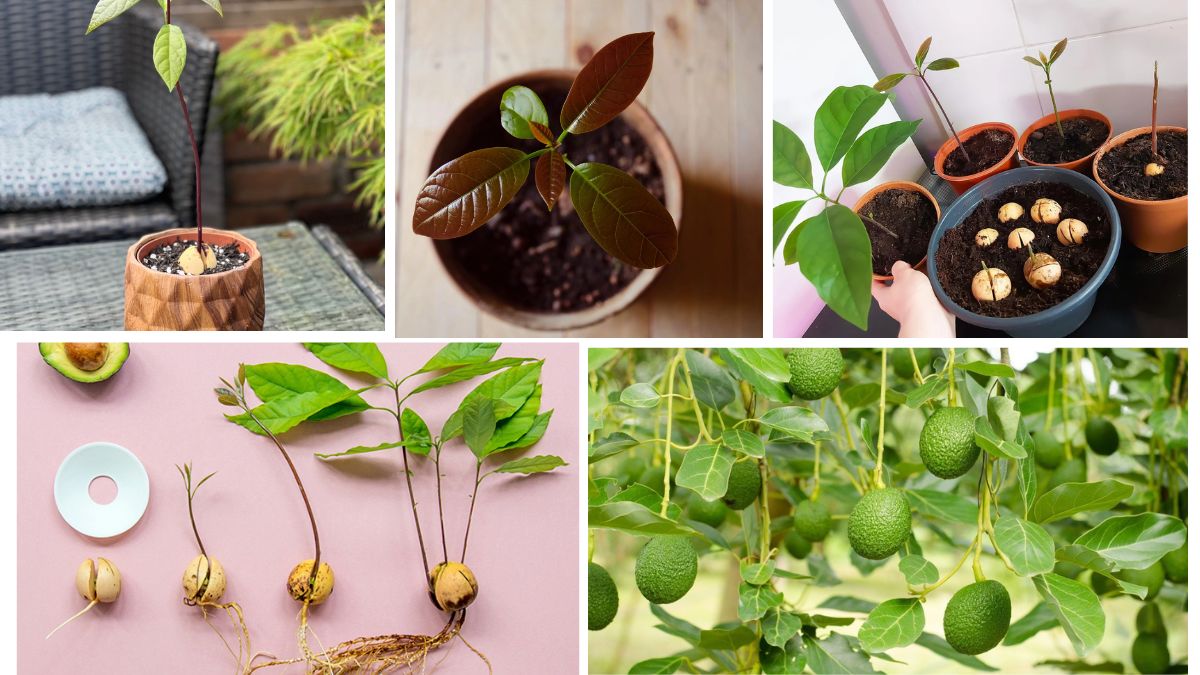Avocados are among the most loved fruits globally, known for their creamy texture, rich flavor, and impressive health benefits. But did you know you can grow your own avocado tree at home using just the seed inside the fruit? While it may take time and patience, planting an avocado seed is a fun and rewarding gardening activity—even for beginners. This guide walks you through every step of planting and growing an avocado tree from seed, right from your kitchen to your backyard or balcony.
Why Grow an Avocado Tree at Home?

Growing an avocado tree at home is more than a gardening hobby—it’s a way to:
- Reduce food waste by repurposing the seed.
- Enjoy the satisfaction of nurturing a tree from scratch.
- Potentially harvest your own avocados (with time and the right conditions).
- Decorate your home or garden with a beautiful green plant.
Even if you don’t get fruit immediately, the plant itself is lush and adds a tropical vibe to any space.
What You’ll Need
Before you begin, gather the following supplies:
- A ripe avocado
- A clean jar or glass
- Toothpicks (3-4)
- Water
- A small pot (6–8 inches in diameter)
- Potting soil (well-draining)
- Sunlight or grow light
Step-by-Step Guide to Planting an Avocado Seed

Step 1: Remove and Clean the Seed
After enjoying your avocado, gently remove the seed (pit) without cutting or damaging it. Rinse off any remaining fruit flesh with warm water. Be careful not to remove the brown seed coat—this is the seed’s natural protective layer.
Tip: Let the seed dry for 24–48 hours if you want to avoid the risk of mold when placing it in water.
Step 2: Identify the Top and Bottom
To sprout properly, the seed must be positioned correctly. The slightly pointier end is the top (where the stem will sprout), while the flatter end is the bottom (where roots will grow). This bottom end must face downward into the water.
Step 3: Insert Toothpicks for Suspension
Stick 3 or 4 toothpicks around the middle of the seed, spacing them evenly. These will act as supports so the seed can rest over a glass of water with its bottom half submerged.
Step 4: Suspend the Seed in Water
Place the seed, bottom side down, in a jar of water. Ensure the lower third or half of the seed is submerged. Set the jar on a warm, sunny windowsill (preferably facing south) where it will get plenty of indirect sunlight.
Important: Change the water every 3–5 days to prevent bacterial buildup or mold growth.
Step 5: Wait for Sprouting (2–8 Weeks)

Patience is key—avocado seeds take time to sprout. You can expect the following sequence:
- The seed’s outer layer may crack.
- A root will emerge from the bottom.
- A sprout will grow from the top.
Sprouting typically begins within 2 to 8 weeks. If nothing happens after 10 weeks, try with a new seed.
Step 6: Pot the Seedling
Once the sprout reaches 6–7 inches tall and roots are several inches long, it’s time to transfer the seedling into soil.
Potting instructions:
- Choose a pot with good drainage.
- Fill it with a rich, well-draining potting mix.
- Plant the seed with the top half above soil level.
- Water well and place it in a sunny spot.
Caring for Your Avocado Plant

Sunlight
Avocados love sunlight—at least 6 hours of bright, indirect light daily. If indoors, a sunny windowsill or grow light is ideal.
Watering
Water regularly but avoid overwatering. The soil should remain moist but never soggy. Let the top inch dry before watering again.
Tip: Yellow leaves may indicate too much water, while dry, curling leaves can signal underwatering.
Pruning
When your plant reaches about 12 inches tall, cut it back by half to encourage bushier growth. You can repeat this every time the plant grows 6 inches more.
Transplanting Outdoors (Optional)
If you live in a warm climate (USDA zones 9–11), you can transplant your avocado tree outdoors after it reaches 12–24 inches tall. Choose a sunny, sheltered spot with well-draining soil. Plant it in spring after the last frost.
Warning: Young avocado trees are sensitive to cold. If you’re unsure about your climate, keep the tree indoors or in a container.
When Will It Bear Fruit?
Here’s the reality: growing fruit from a homegrown avocado seed can take 5 to 10 years, and sometimes even longer. Also, not all avocado seedlings produce fruit, and even when they do, the quality may differ from the original fruit due to hybridization.
If your goal is to grow fruit sooner, consider grafted nursery trees.
Common Issues and Solutions
| Problem | Cause | Solution |
|---|---|---|
| Seed doesn’t sprout | Cold environment or bad seed | Try a fresh seed and place in a warmer spot |
| Mold on seed | Water not changed often | Clean the seed and refresh water every few days |
| Drooping leaves | Overwatering or underwatering | Check soil moisture and adjust watering routine |
| Leggy growth | Lack of light | Move to a brighter location or use a grow light |
Fun Facts About Avocado Trees

- Avocado trees can grow up to 80 feet tall in their natural habitat!
- They are self-pollinating, but another avocado plant nearby can boost yield.
- A mature tree can produce hundreds of avocados per year.
- Avocados are technically berries.
Final Thoughts
Planting an avocado seed is a rewarding experience that connects you with nature, teaches patience, and can brighten your space with vibrant green foliage. Whether you’re hoping for a harvest or simply want a lovely indoor tree, this beginner-friendly method makes it easy to get started.
So next time you slice into an avocado, don’t toss that pit—plant it and watch a little piece of nature come to life right in your home.





